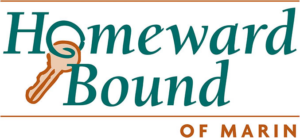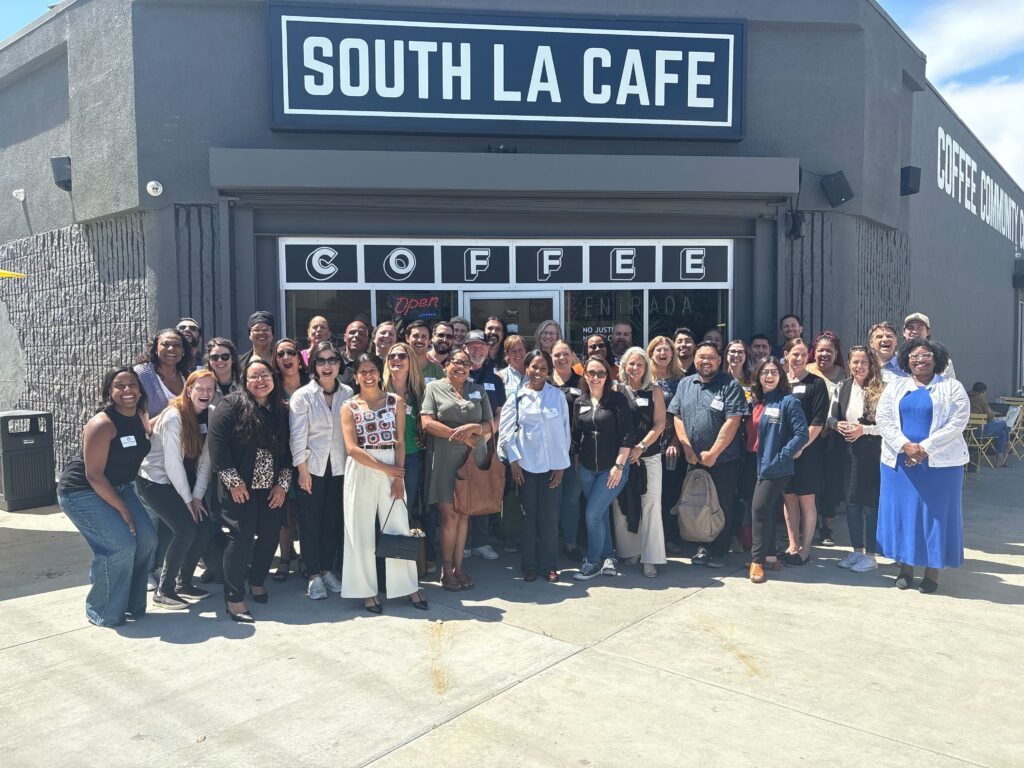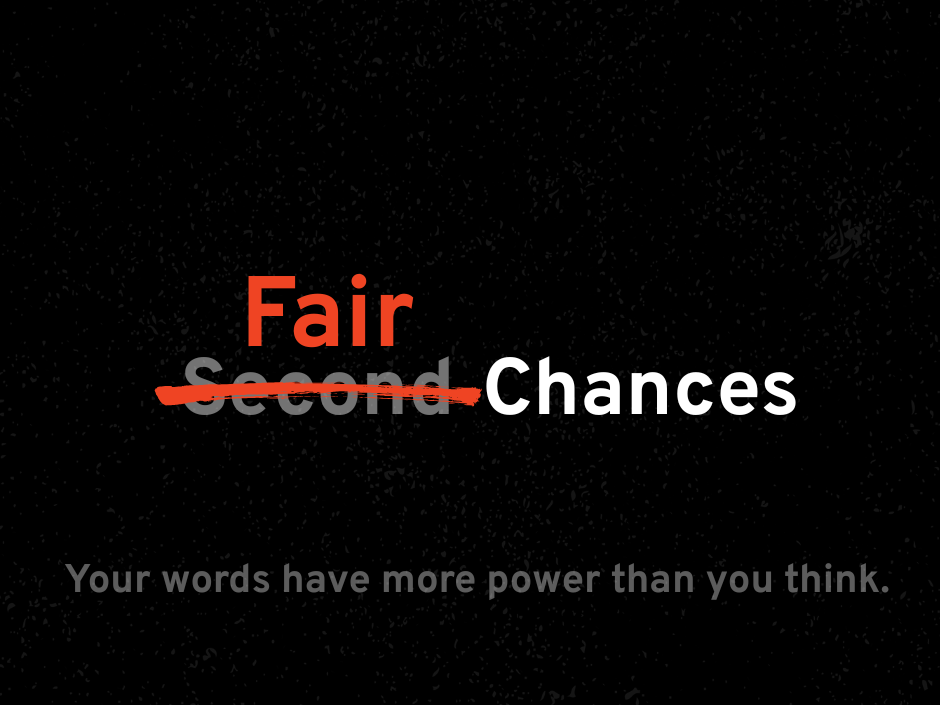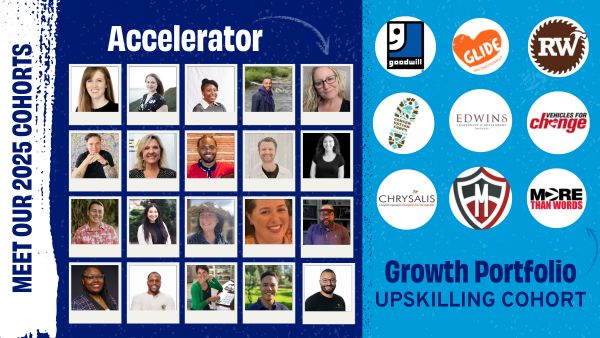IN THIS POST
I was excited to be a Farber Fellow with REDF this summer to leverage my existing consulting skillset to benefit employment social enterprises, and to learn more about both the philanthropy and social enterprise worlds simultaneously.
This summer, I worked with Homeward Bound of Marin (HBoM). HBoM has created an interesting and impressive ecosystem of support services and social enterprises. They started out as a homeless shelter, and over the years have grown to offer several versions of supportive housing in the Bay Area. Through that work, they learned that creating gainful employment opportunities for those overcoming barriers to employment can help alleviate homelessness in their communities. So they launched a culinary training course which equips trainees to work in the food service industry, and built several social enterprises that employ graduates of the program, namely: a catering and event space business, a contract meals business, and a dog food business (which my dog thoroughly enjoyed).
My work with HBoM revolved around three main objectives:
- Creating a customer acquisition strategy
- Developing a more holistic set of support services for transitional employees
- Identifying a back-end system to support catering operations
The first objective was the bulk of my work. Given the short time span of the project, we had to rapidly narrow in on an initial hypothesis and begin testing. I worked with the HBoM team to define what makes an attractive customer and identify what types of customers would fit that description. From there, I combined existing data sources across HBoM to confirm the hypothesis and develop a better understanding of what kind of pricing and volume would help optimize HBoM’s dual goals of achieving profitability while maximizing employment opportunities. I believe this work, combined with the more tactical recommendations for objectives two and three, will help HBoM scale and sustainably employ more people.
Another highlight of the summer was building relationships with the other Farber Fellows. The cohort was energizing in terms of creating social outlets at work, and helpful in talking through challenges or questions we were facing at our respective projects and how to best handle them.
The biggest lesson I have taken from the summer is how many pathways there are to success. From a business case perspective, Homeward Bound of Marin’s social enterprises might feel challenged. However, they’ve consistently found ways to leverage the resources around them (i.e., public funding, corporate sponsorship, philanthropy, etc.) to scale significantly in the KPIs that matter to them: the number of people housed, trained, and employed. Moreover, despite the pandemic, they have built a pathway to even more growth in the years to come. When I asked Paul Fordham, the deputy executive director at HBoM, about how they have managed to continue growing, he said, “We approach each year with a mindset of abundance. We don’t set our goals based on what we think is achievable, we set our goals based on what we think the community needs and we find a way to do that.”



